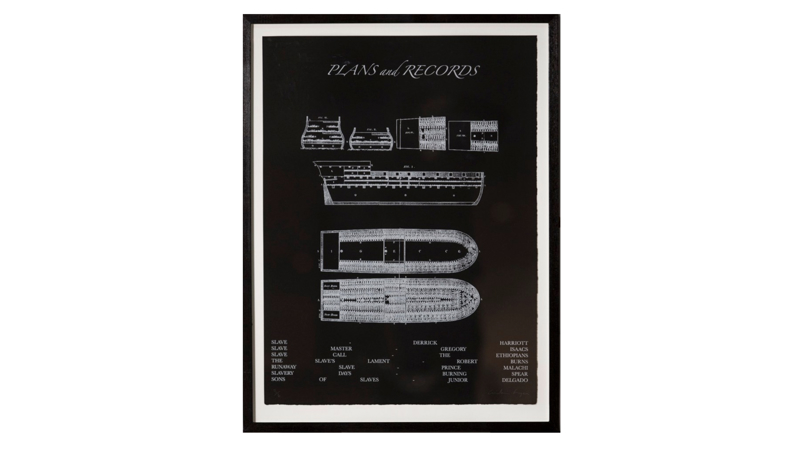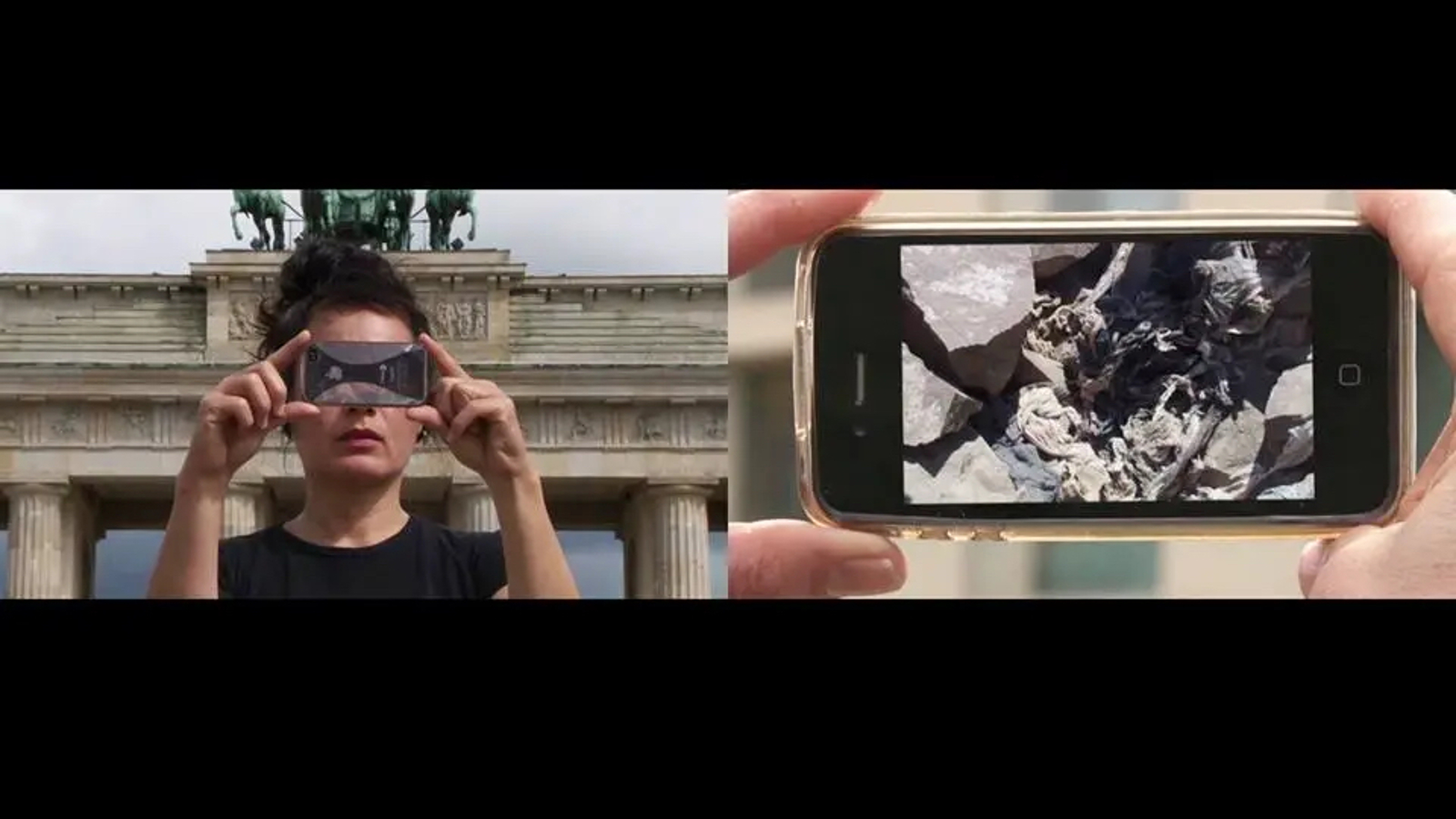Contemporary Art and Slavery - Exhibition

Plans and Records, Graham Fagen
(2007) © Graham Fagen
14th August 2018
Polygraphs was an exhibition at the Gallery of Modern Art (GoMA) that explored truth, fiction and evidence in a complex world. The show was drawn from Glasgow Museums’ collection and included artists who interrogate dominant historical narratives such as our relationship to the arms trade, colonialism and the slave trade.
In terms of Glasgow’s relationship to the slave trade we included works by Beth Forde, an artist of mixed Barbadian and British Heritage now living in London, and Graham Fagen, a Glasgow-based artist whose work has an ongoing interest in Scottish and West Indian heritage. Both were commissioned to make new work for the 200th anniversary of the abolition of the transatlantic slave trade in 2007.
Artists are often witnesses to a changing global environment and their role within that culture is to document, ask questions of our histories and create new layers of meaning to engage audiences with current international discourses. Fagen was particularly interested in Robert Burn’s connection to Jamaica – he nearly sailed there in 1748. He explored how Burns’ anti-slavery sentiment and Scotland’s relationship with Jamaica related to current attempts to understand that history and how the past continues to impact upon the present.
One work in particular, Plans and Records (2007), directly refers to slave labour. The top half of this work is a plan of a slave ship, reproduced from archive material from the 1700s and illustrates the shocking way in which enslaved people were transported across the Atlantic. Underneath is a list of records Fagen owns that refer to slavery in their titles, including ‘The Slave’s Lament’ by Robert Burns.
Beth Forde focused on a particular object, a mask, held by the David Livingstone Centre, Blantyre, which was used as a form of punishment to prevent enslaved people from speaking. The resulting installation of two works, a photograph and a sculpture, entitled The Shadow of the Object Fell upon the Ego (2007), was a poignant reference to the human cost of the slave trade and colonialism and how that history continues to have an impact through prejudices today. In the photograph Forde is seen wearing the mask and for the sculpture, positioned directly opposite when installed, she uses a piece of fragile moulded glass to recreate the sinister mask. The sculpture is a powerful trace of the slave trade and installed opposite the photograph reflects on identity, melancholy and loss.

We also collaborated with graphic designer Neil McGuire to create the ‘cyber-crannog’. This functioned as a reading room with publications on slave economies and colonial history, alongside other material in the exhibition and related to events with artists Barby Asante (Baldwin’s Nigger Reloaded II) and Ajamu X (After Dark) which posed questions about the relationship of museums to the colonial histories, identities and politics that they represent.
Katie Bruce
Producer Curator, Glasgow Museums
